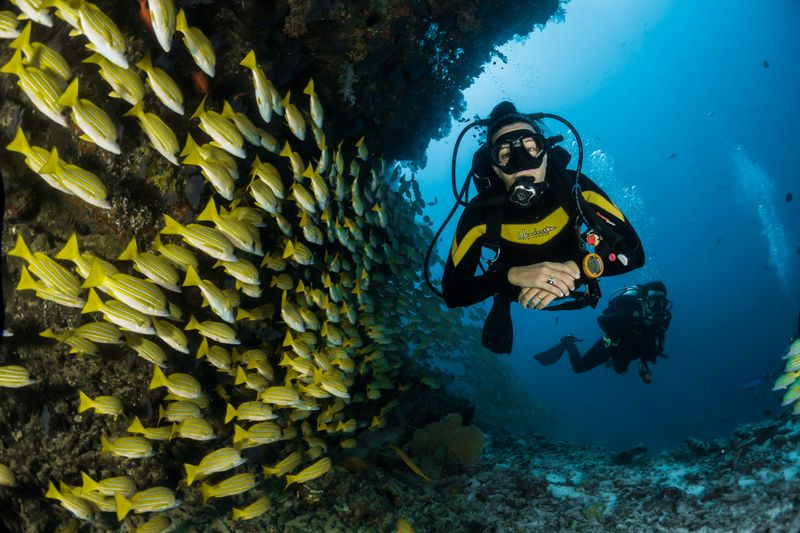When you think of organization, you might picture a neat desk or a tidy closet, but did you know that living things are the most organized structures on Earth?
Biological organization is a hierarchy, with each level building upon the one before it.
Starting from the microscopic building blocks of life, we’ll see how they come together to create the larger structures and systems of life.
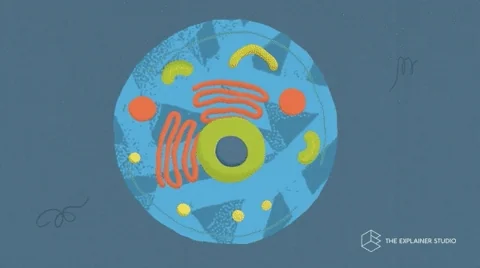
Hierarchy
Before we dive into the steps, it's important to understand what a hierarchy is, and what this means for biological organization.
A biological hierarchy is an arrangement of different levels of living organisms, ranging from the simplest to most complex life forms.
A pyramid is the most common visual to represent a hierarchy. For example, you may have seen a hierarchy when learning about the food pyramid.

The picture shows the biological hierarchy represented as an upside-down pyramid.
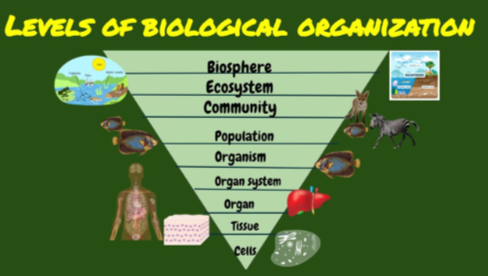 Image courtesy of Stacy S. Wallace via Worksheetzone
Image courtesy of Stacy S. Wallace via Worksheetzone
In order to see how everything comes together, we'll start from bottom, the cells and build up to the largest level, the biosphere.
Cells and Tissues
The cell is the fundamental unit of life. Some cells have a nucleus, which can be thought of the brain of the cell and some can contain organelles which are small structures in a cell that have a special job.
 Image courtesy of CookieFunTime via Brainly
Image courtesy of CookieFunTime via Brainly
In multicellular creatures, cells combine together to perform a special role. When this occurs, this group of cells is called tissue.
You can think of tissues as teams of cells working together to perform a particular function. For instance, our skin, lungs, and heart all play different functions for us because they are made up different types of tissue.
Organs and Organ Systems
Organs are formed when different types of tissues come together as a unit to perform a specific function.
The human heart is made up of four types of tissues: muscular, nervous, epithelial, and connective. All these tissues combined form an organ: the heart whose function is to pump blood throughout the body.
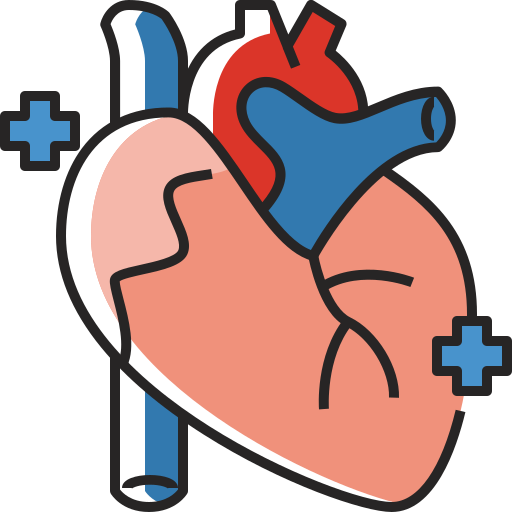
Just like animals, when different tissues come together in plants perform a unique function, it is called an organ.
Organs like the heart don't do their job alone. They rely on other organs of the body like blood vessels and blood to transport oxygen and nutrients throughout your body.
This is what is called an organ system.
Examples of organ systems the digestive system, respiratory system, and circulatory system.

As we move up to a higher level, things start to get more complex. Next, we'll see what happens when two or more organ systems combine.
Organism
When different organ systems combine, an organism is formed.
An organism is an individual creature, like a tree, bird or human. An organism itself is a structured form made up of various organ systems that work together to keep it alive.
Although organisms look different, they're similar because they've all used DNA to replicate their cells.
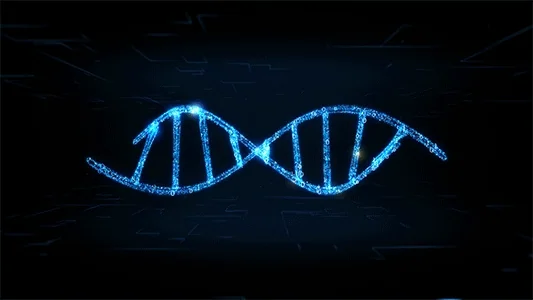
Organisms can be unicellular or multicellular.
Unicellular organisms are made up of one cell to carry out all life functions.
Bacteria, archaea and protozoaare unicellular microscopic organisms and contain everything they need to survive as a single cellular organism.
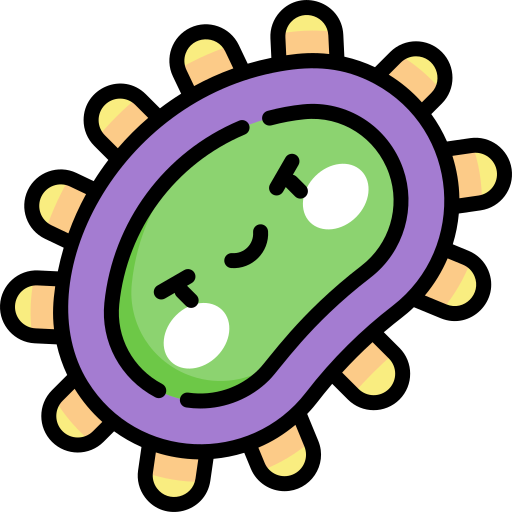
Multicellular organisms are made up of more than one cell that carry out different functions within the organism.
Humans are multicellular organisms made up of tissues and organ systems working together so we can survive as a single being.

Other examples include plants, animals, and fungi.
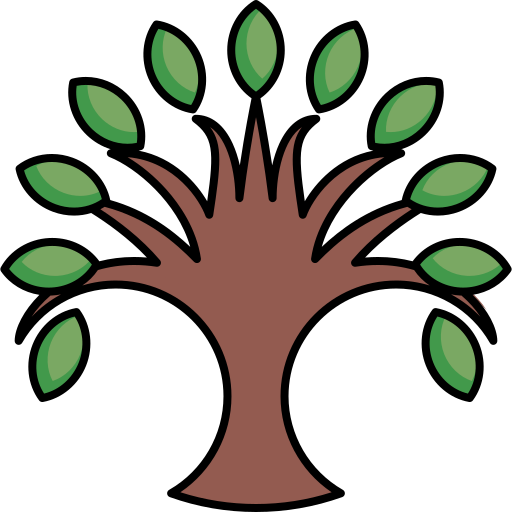

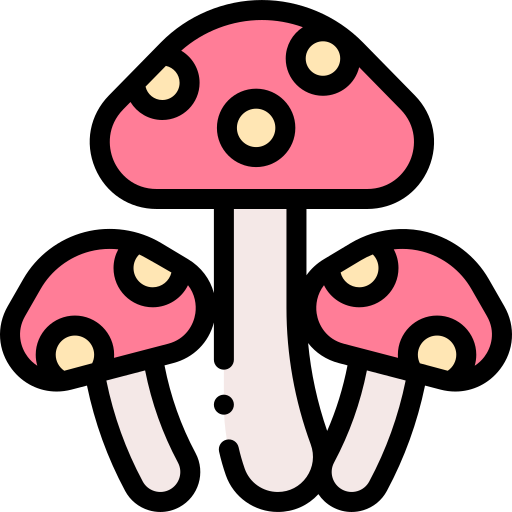
Quiz
Which of the following is NOT an organism?
Populations and Communities
If we group all types of organisms, we can form either populations or communities.
Individuals of the same species that are in the same area. Populations can be of individual plants, animals and bacteria species.

Examples of populations:
A group of oak trees in a forest
A flock of geese at a pond
All of the populations of different species living in the same environment make up a community. Bird, insect, and plant species living together in the same environment make up a community.
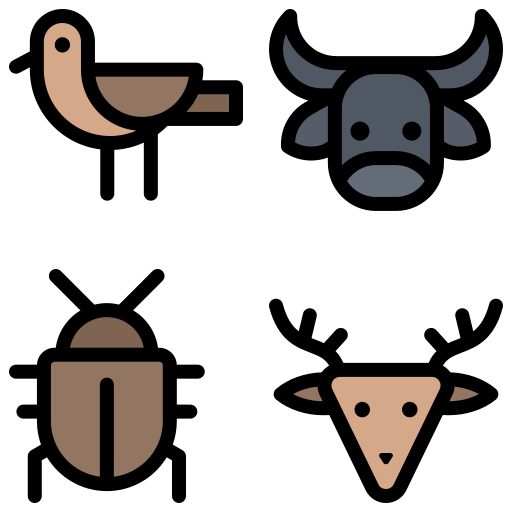
Examples of communities:
The birds, bacteria and trees of a rain forest
The fish, coral, crustaceans, and other marine organisms in the ocean
Communities and populations consist of only living organisms. When you add the non-living elements like weather, atmosphere, and water, you get to the next level: an ecosystem.
Quiz
Which of the following is a population?
Ecosystems
An ecosystem is a community of living (biotic) organisms like plants, animals, and microorganisms with the non-living (abiotic) physical environment.
In a coral reef, for example, you will find a unique ecosystem with it's own climate, land forms and life.
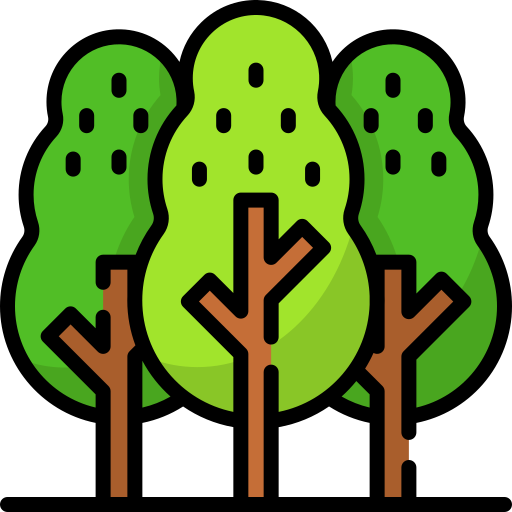
Biotic: living
Plants
Animals
Bacteria
Fungi

Abiotic: non-living
Atmosphere
Water
Sunlight
Climate
The rain forest, for example, is a vibrant ecosystem with diverse interactions between populations and communities of organisms that coexist and rely on each other for survival along with the abiotic elements.
This contributes to the balance and success of the environment.
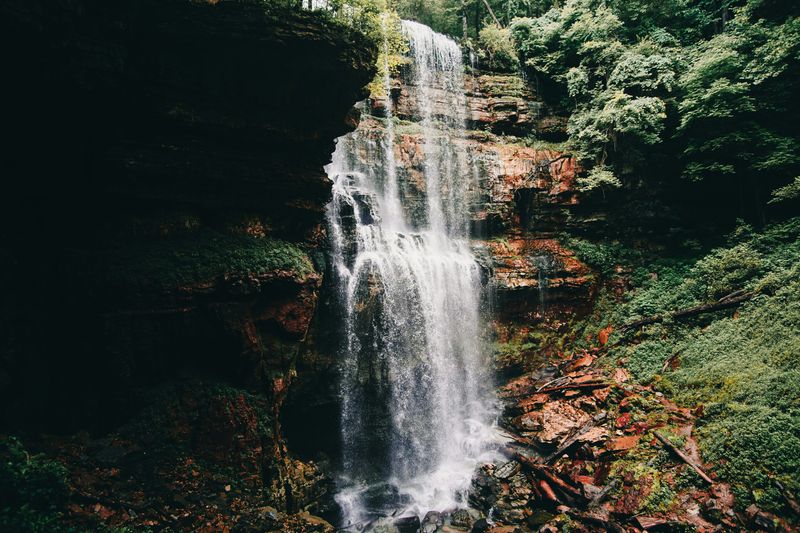 Photo by Dan Russo on Unsplash
Photo by Dan Russo on UnsplashIf we put together all of the previous levels, we reach the largest level of biological organization, the biosphere.

The Biosphere
The highest and largest level of biological organization, the biosphere. The biosphere encompasses all of the ecosystems on earth.

When you walk outside and look around, you are viewing the biosphere. Depending on biome of the earth you on located you will see different types of plants, animals and experience different weather.
The major biomes are: rain forest, taiga, deciduous forest, grasslands, desert, and tundra.
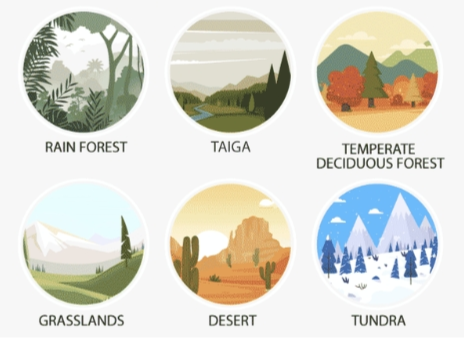 Image courtesy of 99 Designs
Image courtesy of 99 Designs
Each biome has a certain climate, land, water, atmospheres, anda collection of ecosystems specific to that region.
Quiz time!
Imagine you're an ecologist studying your local forest. During your research, you observe communities of various species, including birds, deer, insects, and plants.
Your job is to study how these species interact with and depend on each other in the forest.
Quiz
Which level of biological organization are you researching?
Take Action
Biological organization consists of different levels, starting from the smallest building blocks of life—the cells—and building up to the biosphere, the largest level.
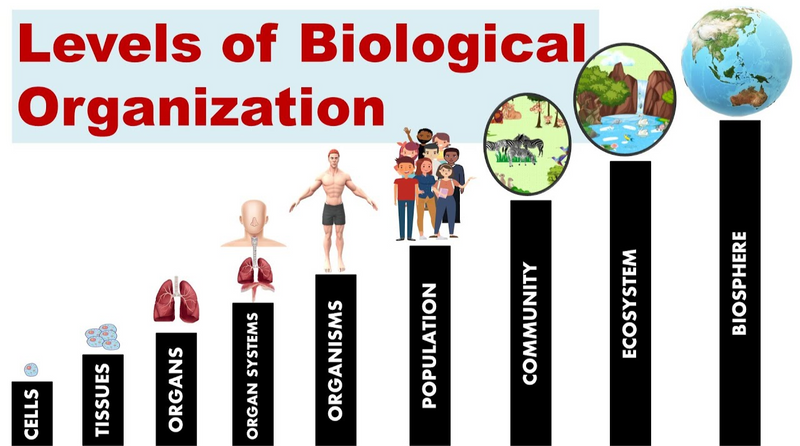 Image courtesy of Michael D. King via Worksheetzone
Image courtesy of Michael D. King via Worksheetzone
Each level builds upon the previous one and plays an important role in sustaining life on Earth.
Your feedback matters to us.
This Byte helped me better understand the topic.

